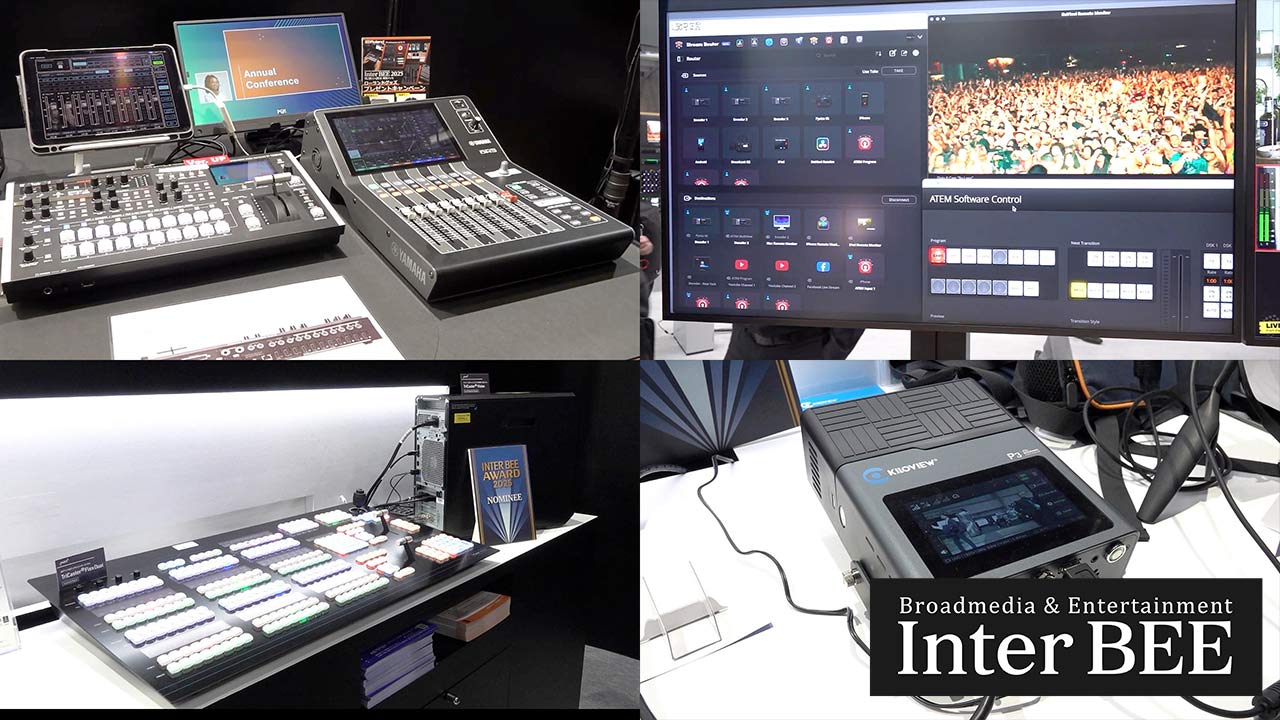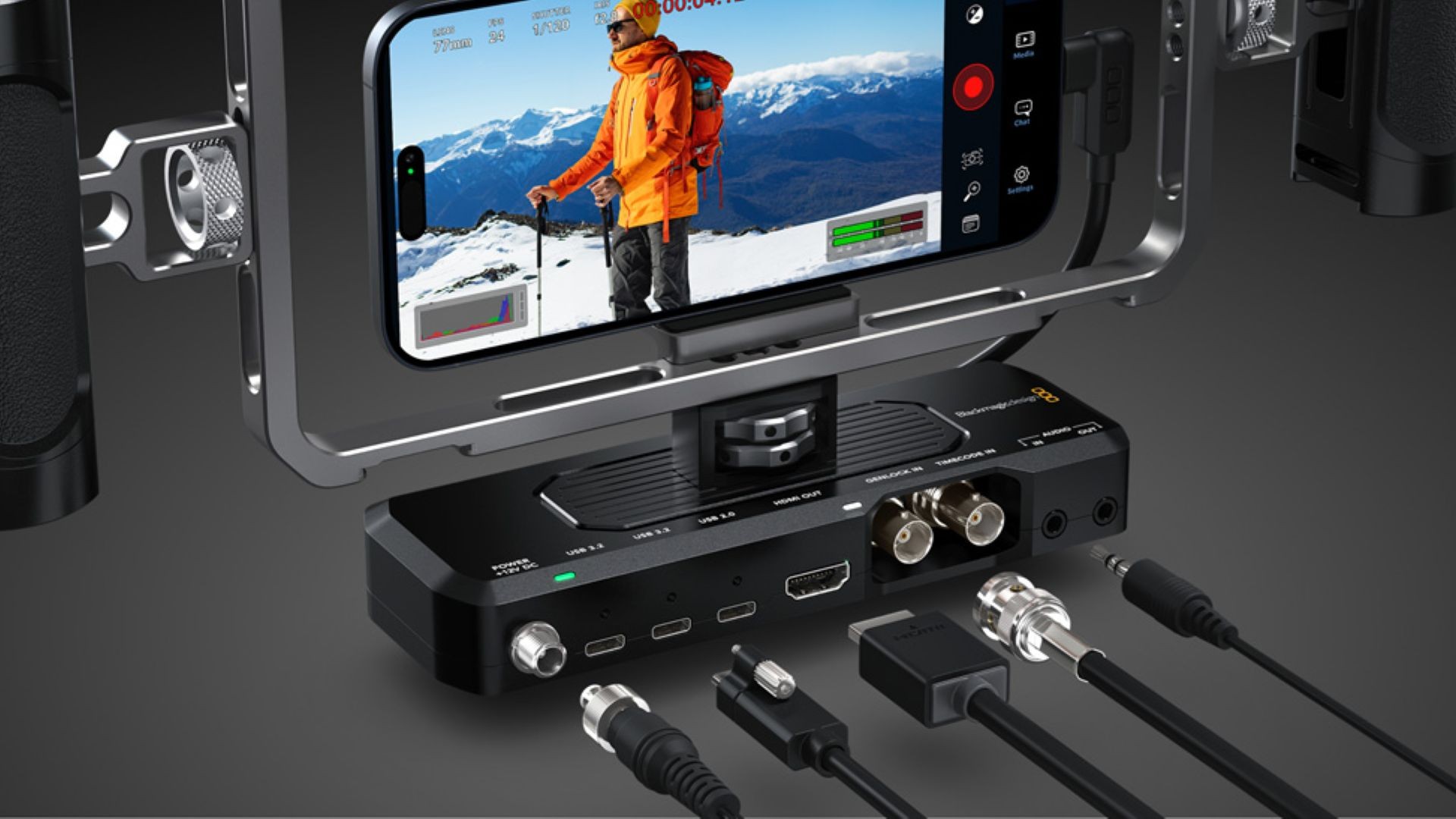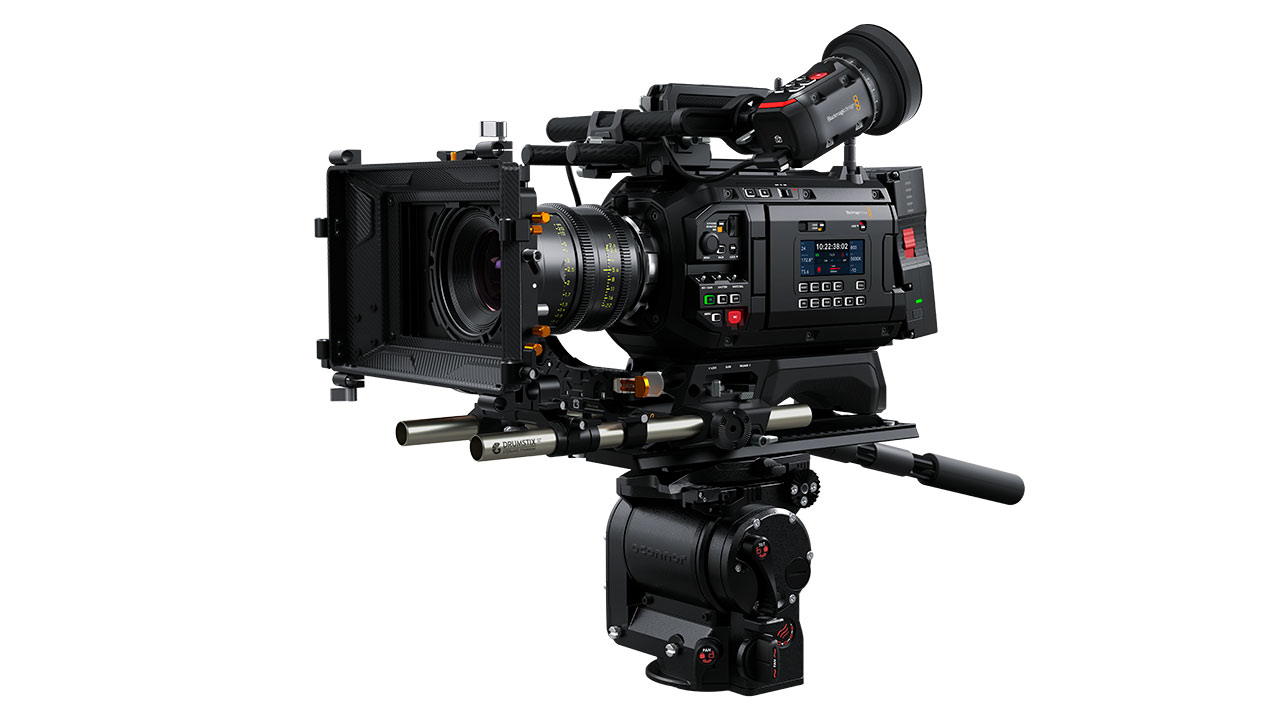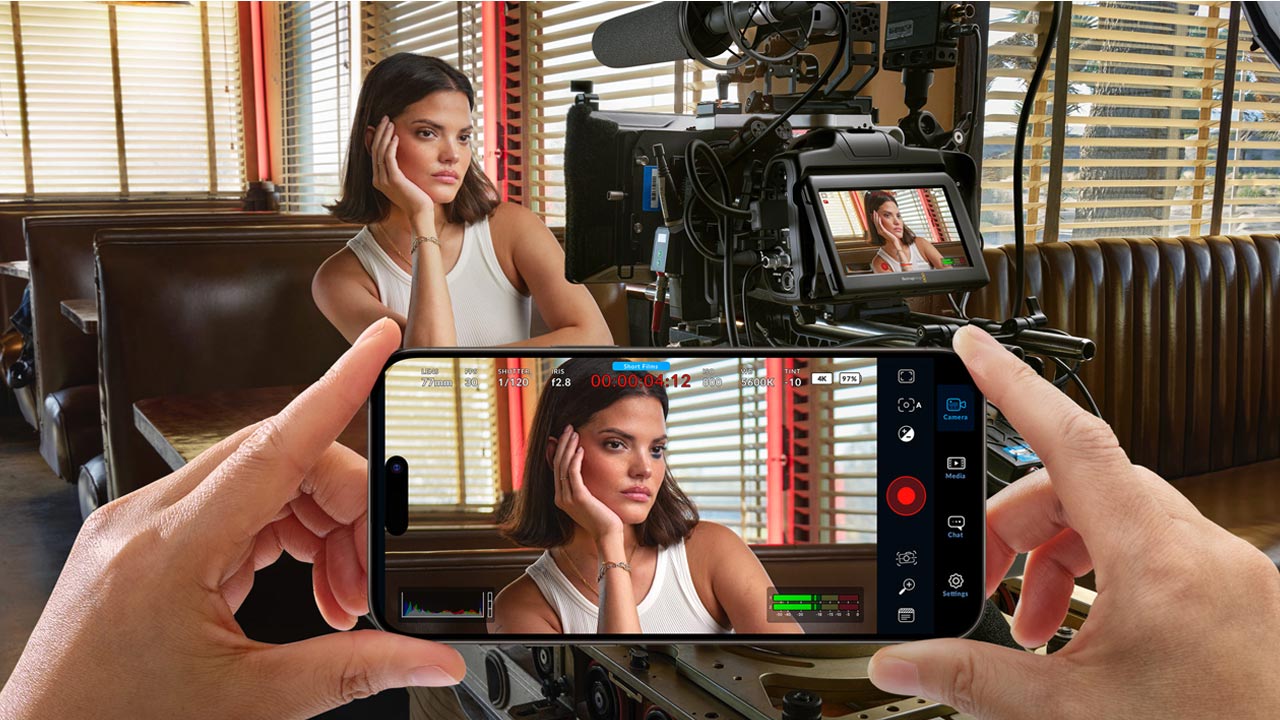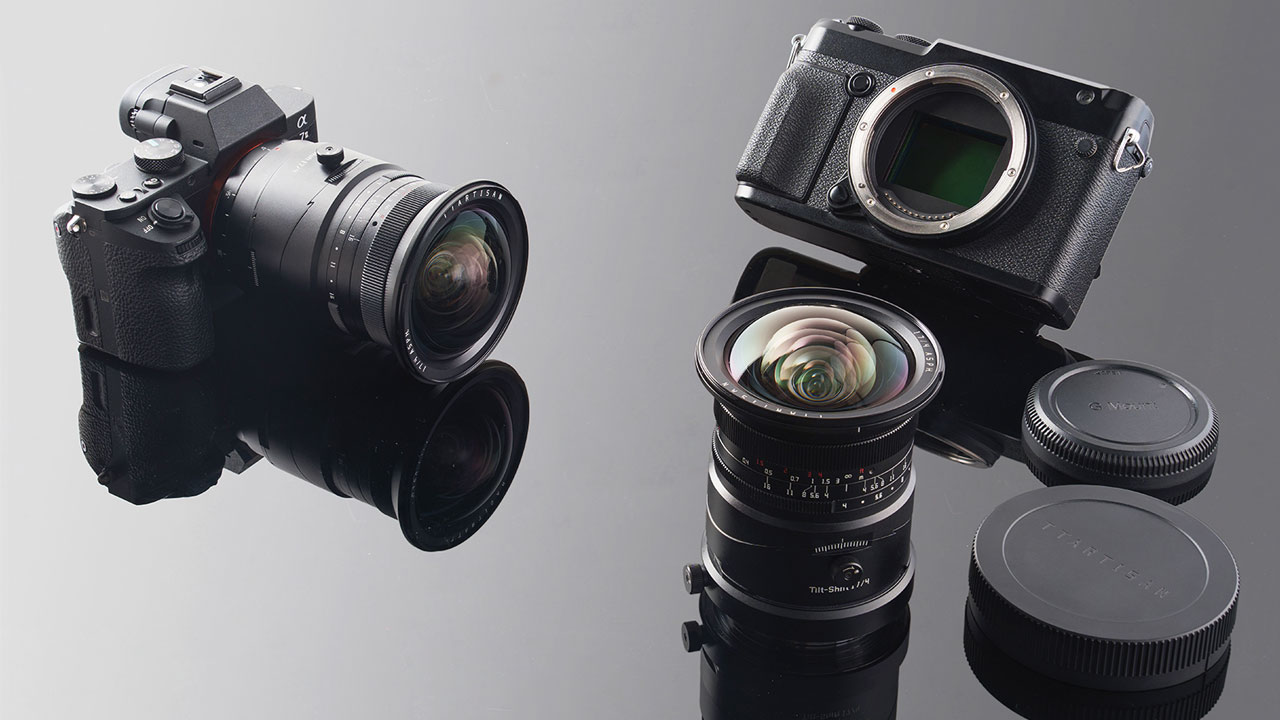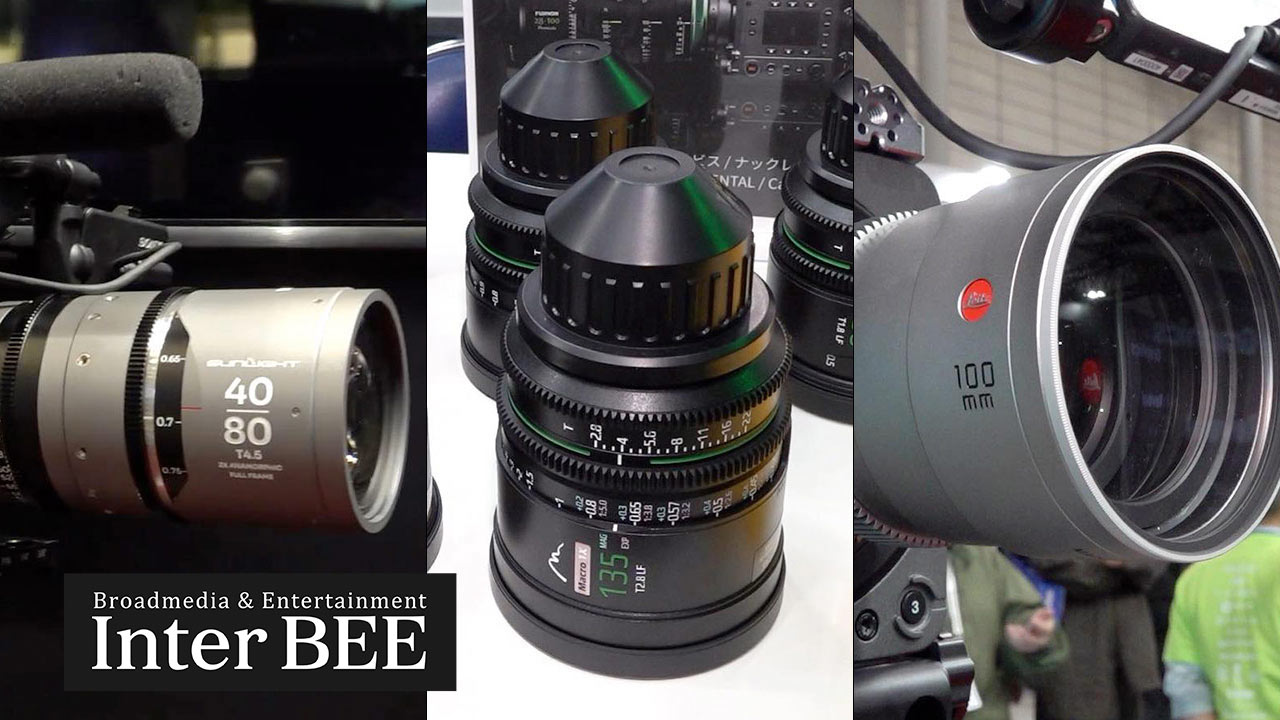
Blackmagic Design announced that the documentary film “All You Hear Is Noise,” which premiered at the Tribeca Film Festival, was shot using multiple Blackmagic Design digital film cameras. As well, post-production editing, grading, VFX, and audio post-production was done by DaVinci Resolve Studio. Blackmagic Cloud was also used for remote collaboration.
Directed and produced by Ned Castle and Matt Day, the film follows Special Olympics athletes Trent, Chris, and Melanie as they compete at the 2019 Special Olympics World Summer Games (Abu Dhabi). The film follows the athletes as they train for their gold-medal goals. The film follows the three athletes’ interactions with friends, family, and other athletes, as well as the new challenges they face upon returning to the United States. The film was co-produced by SpringHill Company, LeBron James’ content production company, and Uninterrupted, the company’s brand focused on athlete empowerment. Robin Roberts also served as executive producer.
Castle and Day, longtime friends, said they had long been looking for an opportunity to make a documentary together.
We were talking about various vague ideas over the phone, and one day Ned brought up the topic of the Special Olympics, Mr. Day said. He shared his experience as a bocce coach in Vermont. As we talked about the subject matter, I realized that there weren’t many works about the Special Olympics or intellectual disabilities.
Initially, the film was planned to focus on Trent Hampton, who is training for the Special Olympics World Championships, and both have begun preparations for filming.
Mr Castle commented:
Being truly independent filmmakers, we covered most of the funding for this film ourselves. For this reason, budget was the most important factor. We needed a camera that would give us a cinematic look, but since we were planning to shoot one-off shots in various locations, renting one wasn’t practical.

They decided to go with the Blackmagic Pocket Cinema Camera 6K digital film camera, which had been on their list since the beginning of the project. Later, a Blackmagic URSA Mini Pro 4.6K G2 was added, and towards the end of the shoot, a Pocket Cinema Camera 6K Pro was added as well.
The built-in ND filter and mini-XLR are extremely useful for documentary production, said Mr. Day.The Pocket Cinema Camera is small, very intuitive and easy to use, and produces stunning images.
Since the filming conditions were constantly changing, he had to be prepared to deal with all kinds of situations, not just physically, but also during filming.
Mr. Day: There was a scene in the third act where Trent is volunteering for a triathlon on Long Island.
There was rain, hail, and strong winds. I wrapped the camera in a garbage bag and did the best I could. The gloomy sky, crashing waves, and cold grimaces exposed to the wind and rain made for a truly convincing image.
Shooting in Blackmagic RAW made a huge difference. When filming a documentary, you move from indoors to outdoors and everywhere in between, so it’s rare to have the same lighting conditions. I never used lighting in this film, so having this latitude in both exposure and color space was very helpful.
Post-production editing was done by Mr. Day in Los Angeles, Mr. Castle in Burlington, Vermont, editor Pablo Garza in Mexico City, and assistant editor Mallory Bracken in Richmond, Virginia.
Mr. Castle: Blackmagic Cloud’s features have been a game changer. It’s scary to think what would have happened if I had to write out and share different timelines each time. Being able to use the same project file at the same time, share timelines for checking, and apply tweaks within one application has saved us a ton of time. It also gave me a glimpse of the communal atmosphere as I could see other people working on the project. There are many benefits to working remotely, but I also think it’s nice to be able to feel like we’re creating a work together.
Like the camera, DaVinci Resolve is very intuitive, easy to use, and fun to work with. It makes sense, works as intended, and looks great. Also, since I was shooting with Blackmagic RAW, I needed to use Resolve to edit the files, and I thought that doing so would bring out the best in the files, so I used Resolve.

During the three years of production, the post-production staff improved with each version of DaVinci Resolve Studio, and everyone was happy with the new tools added with each update.
Mr. Castle: We started with Resolve 15 and by the time we finished editing, we were using Resolve 18. The features that have been added so far are great. I especially like the audio separation tool!
Editing was ultimately done in two stages. After the initial production was completed, Castle and Day reviewed the cut and realized it wasn’t quite finished.
Mr. Day: It wasn’t a good performance. We did the research we hadn’t done before filming, and investigated what was missing, why we hadn’t noticed it, and what we could do to fix those missing elements and improve the overall work. While filming for two years, we gathered advisors related to disability and received advice on constructing a narrative that would make the film even better.
Garza was brought on board during the final stages of editing.
Mr. Castle: I can’t say enough about how great Pablo was. Pablo has a great sense of building the flow of a story. I guess it’s something I was born with. This work turned out to be really good thanks to Pablo’s sense.
Final color grading was done by Luke Cahill of Different by Design.
Mr. Castle: Apparently this was Luke’s first time using Blackmagic RAW for grading, and he was very surprised by the versatility of the footage.
The most technically challenging aspect of color was getting a natural and consistent red in various lighting conditions. In particular, the primary color red is an important color in the Special Olympics, so you’ll see a lot of bright red shirts, sports clothing, signs, and flags. I had to be careful not to adjust these large areas of red too much to avoid ruining the gradient. Other than that, I was very happy with the Latitude of Blackmagic RAW. I’m really happy that I was able to use such a deep color palette to tell this story.
While “All You Hear Is Noise” is a sports documentary, it is also an adventure story that captures the cast’s various experiences across the world.
Castle: This film contains fast-paced scenes of athletes sweating, as well as quieter scenes that show the athletes’ lives outside of competition. The cinematic look achieved with Blackmagic cameras and DaVinci Resolve helped capture the atmosphere in both styles of scenes. It also played a particularly important role in shaping the tone of athletes’ stories off the field. It’s great to have that kind of flexibility.



